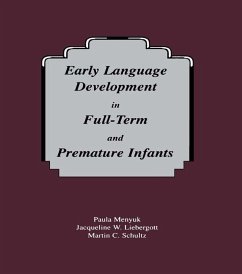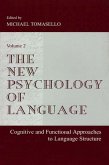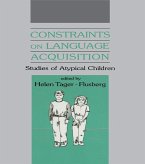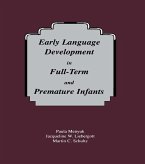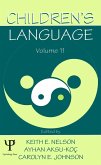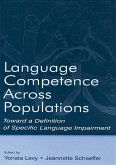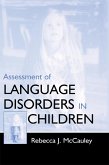This volume's second goal is to examine the impact of such factors as biology, cognition, and communication input--and the interaction of these factors--which traditionally have been held to play an important role in the course of language development. The comparative influence of each--and the interaction of all three--were examined statistically using children's scores on standard language tests at age three.
The volume's third goal is to provide information to beginning investigators, early childhood educators, and clinicians that can help them in their practice. This includes information about what appear to be good early predictors of language development at three years; language assessment procedures that can be used with children below age three, how these procedures can be used, what they tell us about the language development of young children; and what warning signs should probably be attended to, and which can most likely be ignored. In addition, suggestions are made about what patterns of communicative interaction during the different periods of development seem to be most successful in terms of language development outcomes at three years, and what overall indications the study offers regarding appropriate intervention.
Dieser Download kann aus rechtlichen Gründen nur mit Rechnungsadresse in A, B, BG, CY, CZ, D, DK, EW, E, FIN, F, GR, HR, H, IRL, I, LT, L, LR, M, NL, PL, P, R, S, SLO, SK ausgeliefert werden.

